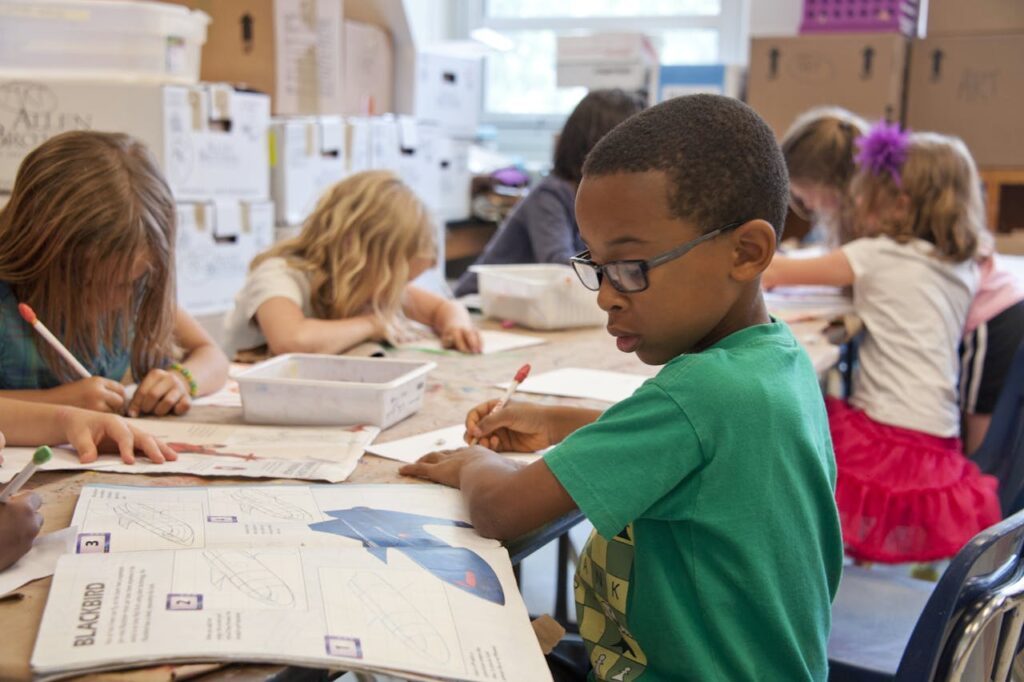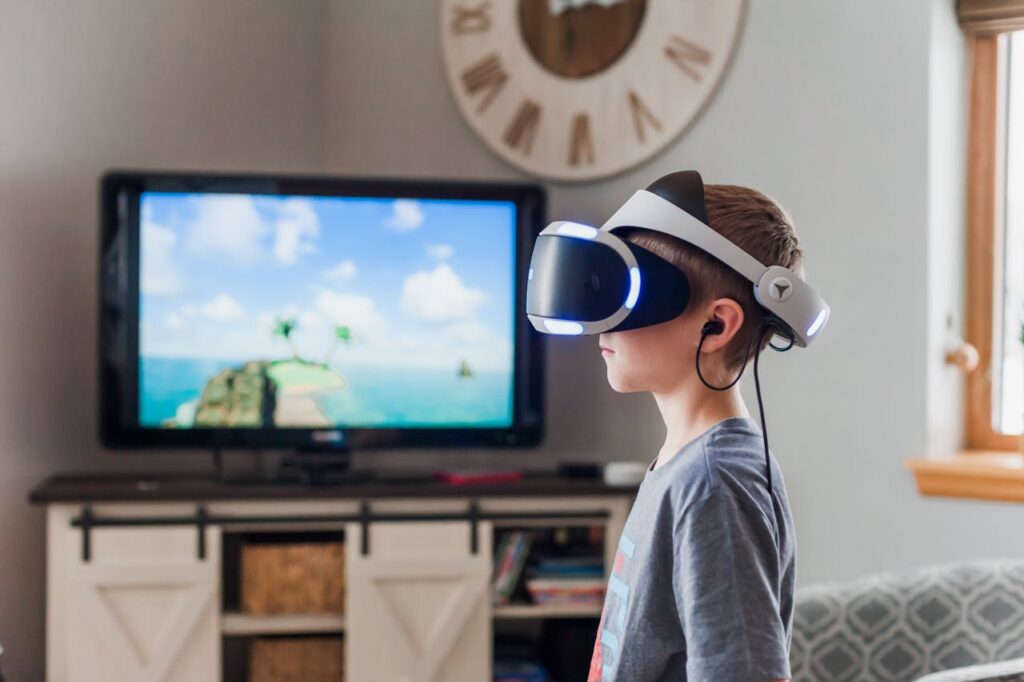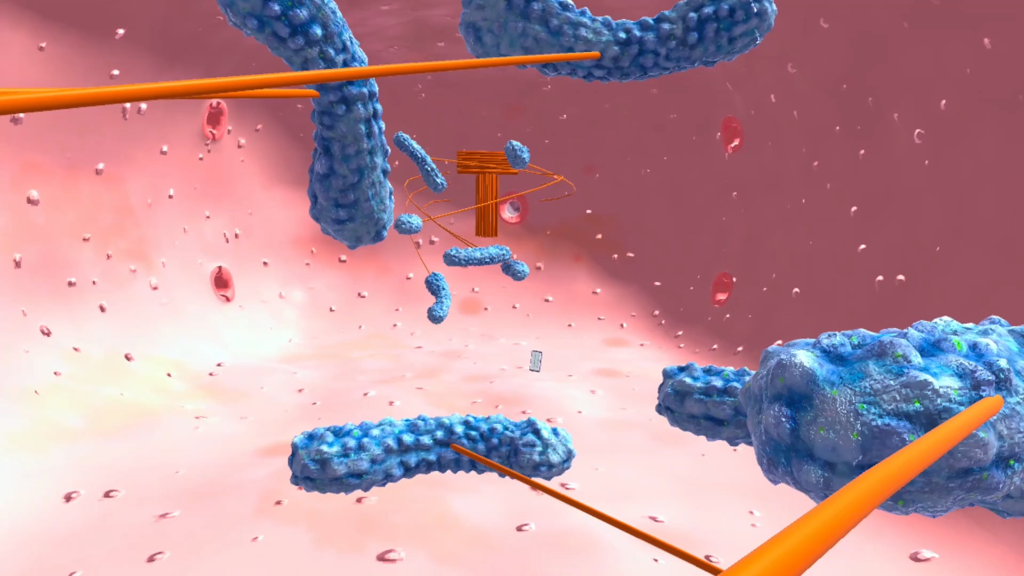

In just 150 years, we’ve gone from steam-powered carriages to self-driving electric cars, from rotary telephones to AI-driven devices in our pockets. Yet most classrooms remain stuck in the past—rows of desks facing a board, designed for the Industrial Age. Research suggests that many children today will occupy roles that aren’t even on the radar yet, yet we’re still using an educational model conceived over a century ago.

Artificial intelligence is advancing at breakneck speed. While some fear that AI will disrupt job markets and render certain skills obsolete, it’s more accurate to view AI as a tool that handles routine tasks. This means people will increasingly need to focus on higher-level skills—critical thinking, adaptability, and creative problem-solving. Our article on AI in the Classroom: Myths, Reality, and the Future dives deeper into how AI may reshape educational priorities.

For decades, schools have offered a broad range of subjects—literature, history, physics, music—assuming that a solid foundation in each area is crucial. The question now arises: should we continue this all-encompassing approach, or adjust the curriculum to reflect emerging fields?
We’re living in a time when various experimental projects are emerging worldwide. Years from now, we’ll see which models succeed or fail. In the meantime, schools and parents face tough choices, balancing traditional subjects with modern needs. This trial-and-error process can be risky, but there seems to be no simpler path to real progress. Check out our article on how Elon Musk’s educational views challenge the status quo: Elon Musk’s Influence on US Education.

As repetitive tasks become automated, the workforce will rely on a new set of capabilities. These include:
No longer just a “nice to have,” such skills are essential for navigating a world where the only constant is change.

One emerging trend for enriching learning experiences—especially in science and technology—is immersive simulation. This is where virtual environments come in, offering a sense of play while teaching crucial concepts.
Classrooms can leverage interactive solutions that use advanced simulation techniques, including immersive labs for biology or chemistry. While we focus on designing a dynamic environment, kids can build fundamental skills like problem-solving and curiosity:
In a digital era, young people already expect technology to be part of their experiences. Immersive tools resonate more naturally with them, transforming lessons into missions rather than monotonous tasks. By harnessing these tools, schools can better align with the world students are growing up in, preparing them for unpredictable yet exciting futures.
A balanced approach may be best: keep core subjects to ensure cultural and intellectual grounding, but infuse modern skills throughout. Some schools may integrate coding and technology-based electives. Others may introduce design thinking or advanced simulations in labs. Each will experiment and refine, shaping a new education paradigm for tomorrow’s jobs.

At XReady Lab, we craft educational solutions rooted in immersion and hands-on exploration. We believe that combining an updated STEM lab approach with engaging learning experiences can nurture next-generation thinkers. While some fear technology might reduce the need for human input, it instead creates new opportunities for creative minds—those who can imagine how to address needs that don’t yet exist.
By offering dynamic modules in biology or physics, we demonstrate how interactive experiences can inspire deeper engagement. For instance:
The world is in constant flux, and so are job markets. Many professions of tomorrow haven’t even been invented yet. To equip children for this reality, we need to evolve educational models. That may mean more technology in the classroom, more emphasis on creative problem-solving, and the acceptance that errors and failures help us learn.
Ultimately, a child’s success will hinge on skills that go beyond rote memorization—communication, empathy, adaptability, and a robust science and technology foundation. As we venture into an era shaped by AI and digital transformation, the only certainty is change. By blending established fundamentals with modern methodologies, we give children the best chance to thrive in roles that are, quite literally, still on the horizon.
At XReady Lab, we’re here to support educators in navigating these changes. Together, let’s shape an education system that grows with the demands of tomorrow’s world.
Frequently Asked
We prodive VR biology, VR physics, and VR chemistry simulations. Please, check our catalog.
Please, fill the form to get demo labs for free.
Please contact our customer support service at support@xreadylab.com or book a call with the team to find out the conditions and book the VR class set up at your school.
Subscription to XReady Lab interactive VR labs. If you are a school, then you are also given access to the VR classroom system. VR class system helps you easily launch VR lessons for a large number of students, follow the experience of each student, as well as customise the content without developers.
We adhere to the world’s generally accepted recommendations and research. Our products are suitable for children from 12 years old.